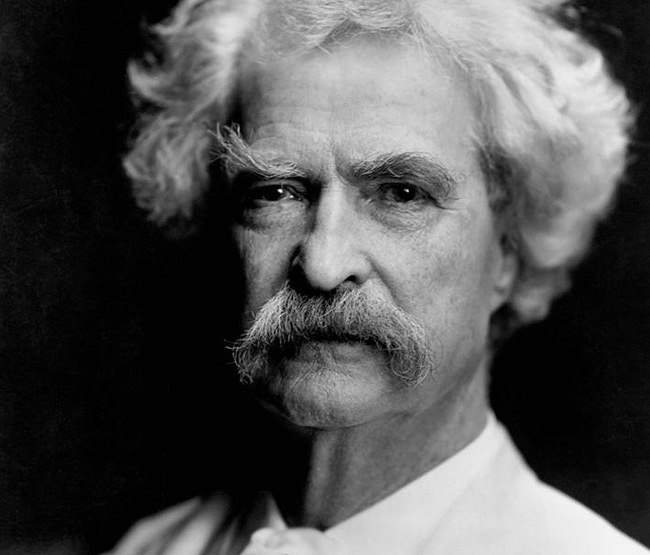
How many times have you said that, I wonder? Of course, you don’t really expect people to say anything at all except smile, although invariably some witless idiot will shout “Gorgonzola!” It’s moments like that when I feel the need for a hand grenade or small chain saw. As far as portraits are concerned, I am not a great fan of smiley ones. I much prefer a natural look even if it verges on a glare. And in any case, this custom of smiling in photographs is a relatively modern phenomenon.
A couple of days ago I was browsing though a collection of ancient family photographs which travelled to the East with me when the Old Country was beginning to lose its charm. There are photographs going back generations, some of them clearly taken in studios. Everyone looks grim, with not a flicker of a smile among the lot of them. In those days few people smiled for photos, especially the studio portraits.
Photographers will be quick to point out that it’s all to do with exposure, or at least it was in the earliest days of photography. Between the 1840s and 1860s exposure times were between sixty and ninety seconds, which is far too long to hold a smile or even an amicable expression. Try it sometime. You’ll find that your face muscles become rigid and you gradually assume the appearance of a lunatic.
But the exposure issue is only half the story, or to be more precise, a fifth of it. Broken, missing or rotten teeth also played a part, for in the 19th century effective dental care was not widely available. In his book A Brief History of the Smile, art historian Angus Trumble explains that because bad teeth were normal it didn’t mean they were desirable. He explains that “people had lousy teeth, if they had teeth at all, which militated against opening their mouths in social settings.”
Another reason was that photography was far less common than it is today. People might have their pictures taken a few times in their entire lives and for some it was literally a once-in-a-lifetime experience. A portrait session in a photographer’s studio was an expensive undertaking and treated with due solemnity. Mark Twain was one of the funniest writers of his generation but looking at his photo, you’d never guess. Of course, early portrait photography was influenced by formal portrait painting which was intended to be a serious and responsible depiction of the subject, not a captured fleeting moment in time.
Victorian etiquette and conceptions of beauty were different to ours. A small, tightly-controlled mouth was considered aesthetically pleasing. Smiling in a formal photo was unbecoming, especially for people who felt they enjoyed a high social status. A smile could be considered lewd, suggestive or downright vulgar. I read somewhere that during this era, photographers got the desired facial expression by instructing their subjects to say “prunes”.
In formal portraits, a serious appearance prevailed well into the twentieth century when exposures had become instantaneous. Like habits, old attitudes die hard. Only with the advent of cheap consumer cameras, faster film, more relaxed attitudes to photography and generally better dental health, did the smiles begin to appear. According to Angus Trumble, the custom of saying “cheese” dates from the 1920s. The distinguished British portrait and fashion photographer Sir Cecil Beaton sometimes used to instruct his subjects to say “lesbian” though no one seems to know exactly why. If you’re being photographed in Sweden you’ll probably be asked to say omelet. I just thought you’d like to know.
 |
 |
 |





